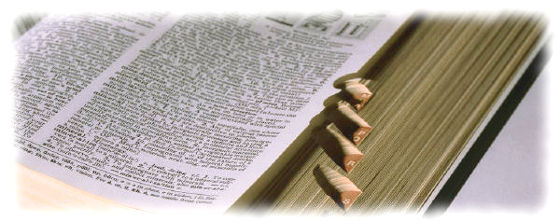Multilingual Music Glossary
Found a word you don't know? No problem. Look it up in the Music Glossary!
We are currently providing explanations for 2484 terms from 12 languages, including English, Italian, French, German, Spanish, Dutch, Swedish, Finnish, Latin…
You may browse the glossary alphabetically, or directly search for a term by using the search box above.
If you are looking for a symbol, check out our Guide to Musical Symbols.
Please note: a music glossary is just like a dictionary. It contains explanations to musical terms. If you are looking for a piece, please go here instead: search tunes.

Some random terms
- overtone A constituent frequency of a sound other than the fundamental frequency.
- schwungvoll
![German [German]](https://www.flutetunes.com/img/languages/de.png) Rousing, spirited, energetic.
Rousing, spirited, energetic. - bass flute A flute that plays one octave below the concert flute.
- tonality The organization of a composition around a tonic.
- family A grouping of instruments which produce sound in the same manner and are constructed in the same way but in different sizes, such as the flute family, the clarinet family, the violin family and so on.
- fourth An interval of four diatonic scale tones, counting the first and last tone.
- slur A curved line drawn over or under a series of notes, indicating that those notes should be played legato.
- reel Moderately quick dance in duple meter danced throughout the British Isles; the most popular Irish traditional dance type.
- militare
![Italian [Italian]](https://www.flutetunes.com/img/languages/it.png) Military.
Military. - head voice The highest register of the voice, excluding falsetto.
- caesura
![Latin [Latin]](https://www.flutetunes.com/img/languages/la.png) Break or interruption in music, with complete cessation of musical time. It is notated by two diagonal lines across the top line of a staff.
Break or interruption in music, with complete cessation of musical time. It is notated by two diagonal lines across the top line of a staff. - castrato Male singer who was castrated during boyhood to preserve the soprano or alto vocal register, prominent in seventeenth and early eighteenth century opera.
- hocket A Medieval practice of composition in which two voices would move in such a manner that one would be still while the other moved and vice-versa.
- coda
![Italian [Italian]](https://www.flutetunes.com/img/languages/it.png) Literally, “tail”. The last part of a piece, usually added to a standard form to bring it to a close.
Literally, “tail”. The last part of a piece, usually added to a standard form to bring it to a close. - motet Polyphonic vocal genre, secular in the Middle Ages but sacred or devotional thereafter.